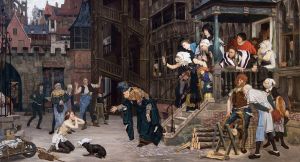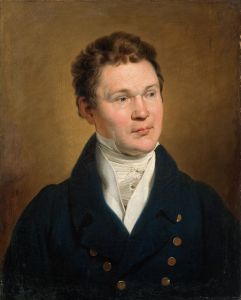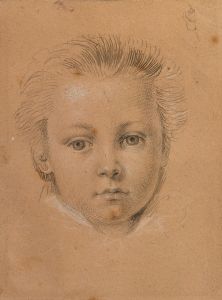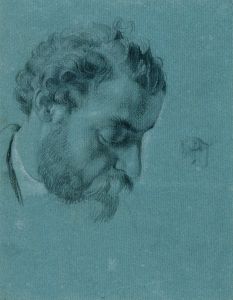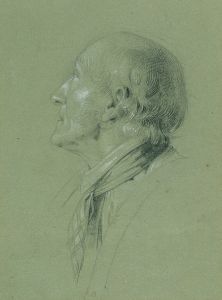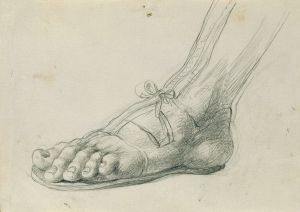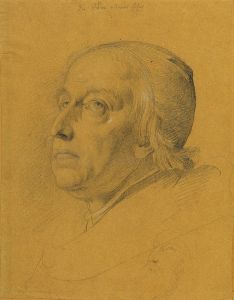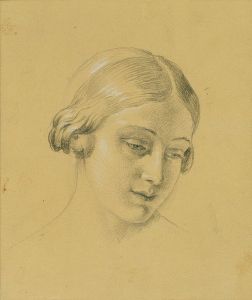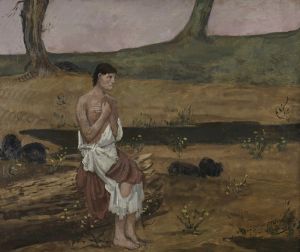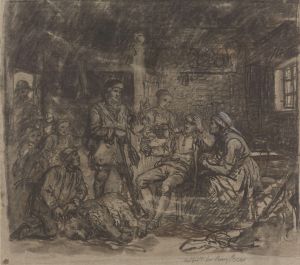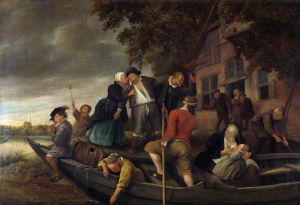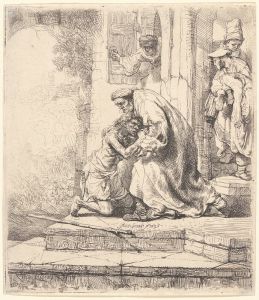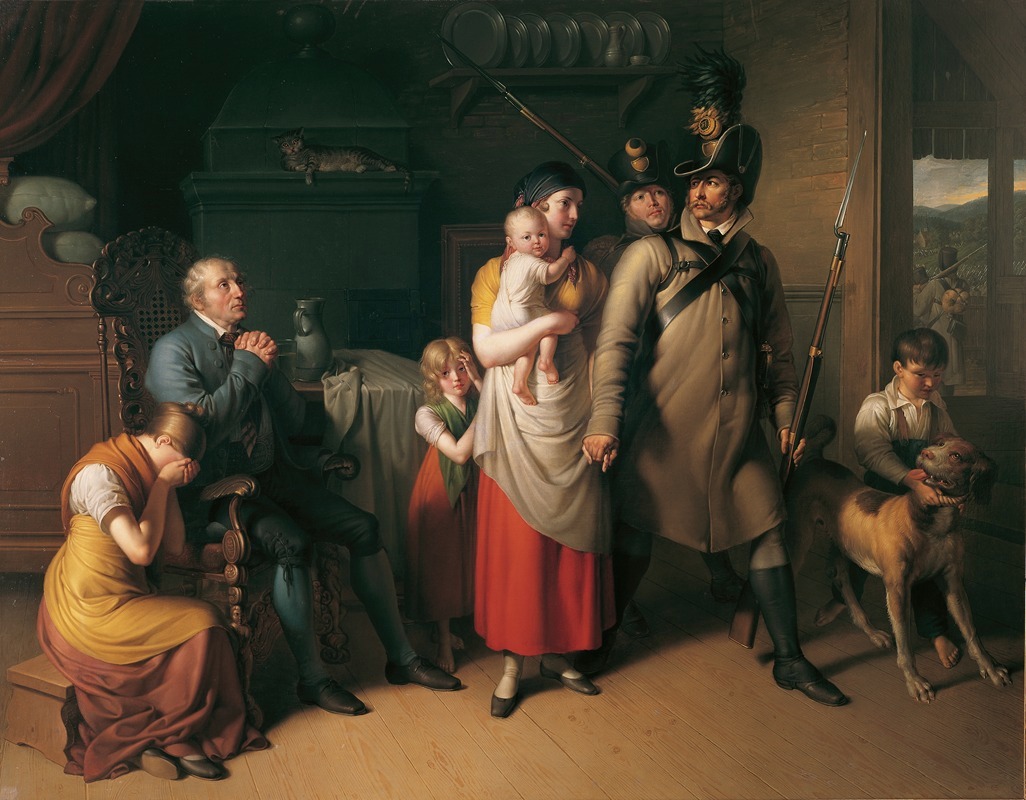
Die Heimkehr des Landwehrmannes
A hand-painted replica of Johann Peter Krafft’s masterpiece Die Heimkehr des Landwehrmannes, meticulously crafted by professional artists to capture the true essence of the original. Each piece is created with museum-quality canvas and rare mineral pigments, carefully painted by experienced artists with delicate brushstrokes and rich, layered colors to perfectly recreate the texture of the original artwork. Unlike machine-printed reproductions, this hand-painted version brings the painting to life, infused with the artist’s emotions and skill in every stroke. Whether for personal collection or home decoration, it instantly elevates the artistic atmosphere of any space.
Johann Peter Krafft's painting "Die Heimkehr des Landwehrmannes" (The Return of the Landwehrman) is a notable work from the early 19th century, reflecting the socio-political climate of its time. Krafft, an Austrian painter born in 1780, was known for his historical and genre paintings, often capturing the essence of the Napoleonic Wars and their impact on society.
"The Return of the Landwehrman" was completed in 1815, a significant year marking the end of the Napoleonic Wars with the Battle of Waterloo. This painting is a poignant depiction of a soldier returning home after serving in the Landwehr, a type of militia or reserve force that was common in German-speaking regions during this period. The Landwehr was composed mainly of citizens who were called upon to defend their homeland, especially during times of war.
In the painting, Krafft captures the emotional moment of reunion between the soldier and his family. The scene is set in a modest, rural household, reflecting the common background of many Landwehr soldiers. The soldier is depicted in his uniform, which, while not as elaborate as those of regular army troops, signifies his service and sacrifice. His expression and posture convey a sense of relief and joy, tempered by the hardships he has endured.
The family members, including his wife and children, are shown with expressions of happiness and perhaps a touch of disbelief, as they welcome him back into their lives. This emotional depth is a hallmark of Krafft's work, as he often sought to portray the human side of historical events. The domestic setting, with its simple furnishings and warm lighting, adds to the intimate atmosphere of the scene.
Krafft's attention to detail is evident in the way he renders the characters' clothing and the interior of the home, providing a glimpse into the everyday life of early 19th-century rural Austria. The painting not only celebrates the soldier's return but also highlights the resilience and strength of families who endured the uncertainties of war.
"The Return of the Landwehrman" is housed in the Belvedere Museum in Vienna, which holds a significant collection of Austrian art. The painting is appreciated not only for its artistic merit but also for its historical significance, offering insight into the experiences of ordinary people during a tumultuous period in European history.
Krafft's work, including this painting, is an important part of the Biedermeier period in art, which is characterized by a focus on the middle class, domesticity, and a sense of order and stability following the upheaval of the Napoleonic Wars. "The Return of the Landwehrman" exemplifies these themes, making it a valuable piece for understanding the cultural and historical context of the time.
Overall, Johann Peter Krafft's "Die Heimkehr des Landwehrmannes" stands as a testament to the enduring human spirit and the profound impact of historical events on individual lives. Through his skillful portrayal of this intimate moment, Krafft invites viewers to reflect on the personal stories behind the broader sweep of history.





